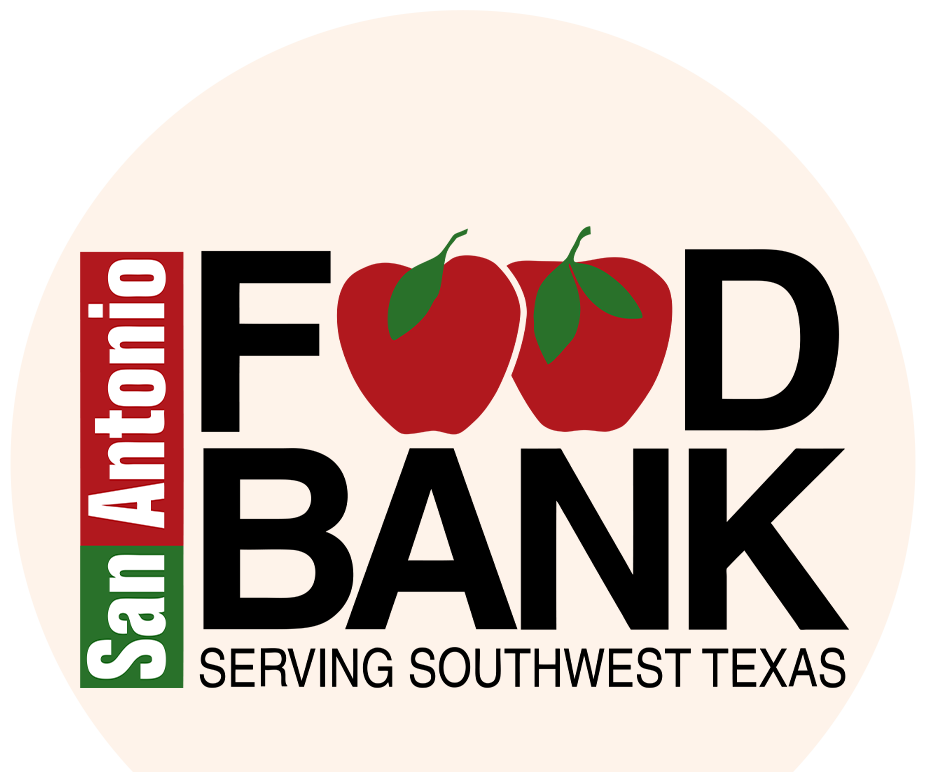Well-Child Care
2 Months Old
The Texas Health Steps program recommends that the next checkup with your pediatrician be scheduled around two months old. During this time, your baby may have gone through two separate periods of rapid growth. The first growth spurt usually happens around 2 to 3 weeks old, with the second growth spurt around 6 to 8 weeks old. Remember, some signs of a growth spurt can be increased hunger, clustered feedings, and overall fussiness. You may start to feel the pressure from your baby with their increased need to eat and consistent crying. Have the courage to ask your community for support. Whether it be someone picking up your groceries, bringing you dinner, or babysitting for a few hours while you catch up on sleep, don’t be afraid to ask for help!
Developmental Milestones
By two months old, developmental milestones can be broken down into four categories:
-
- Social & Emotional: Your baby will start to calm down when spoken to or picked up. They will try to connect with others by making eye contact or smiling back.
- Language & Communication: Your baby will communicate by making sounds other than crying and reacting to loud sounds around them.
- Thinking & Learning: One way your baby will learn is by observing and following you with their eyes for several seconds.
- Movement & Physical Development: Your baby will have enough strength to hold their head up when on their tummy and move both their arms and legs independently.

Nutrition Needs
DHA/ARA
You may have heard of DHA and ARA or seen these ingredients in formula bottles. But what is it? DHA stands for docosahexaenoic acid and is an omega-3 unsaturated fatty acid often paired with arachidonic acid, or ARA, a type of omega-6 unsaturated fatty acid. Both DHA and ARA support the development of your baby’s eyes, brain, and immune system. These two fats can be made in the body through food sources and are naturally found in breast milk. Since babies cannot eat solid foods within the first six months of life, DHA and ARA are added to the formula to mimic breast milk and promote your baby’s healthy development. One way to ensure a breastfed baby gets enough of these powerful nutrients is by including more sources of DHA and ARA in the breastfeeding mother’s diet. Foods like fatty fish, lean meats, and eggs are rich sources of DHA and ARA.
Vitamin D
Vitamin D is a vitamin that works with the mineral called calcium to build strong bones. Infants up to 12 months old need 400 International Units (IU) daily, while toddlers up to 24 months or two years old need 600 IU of Vitamin D daily. A deficiency of this crucial nutrient can lead to Rickets, a disease that softens and distorts bones, typically resulting in bowlegs. Babies that are solely breastfed or drink less than 32 ounces of formula a day do not receive enough Vitamin D. It is recommended for these infants to supplement with additional liquid Vitamin D drops soon after birth to reach their daily recommended intake. If you are a breastfeeding mom, ask your pediatrician for brands of Vitamin D supplements they would recommend.
Zinc
Zinc is an essential mineral that helps to develop your baby’s immune system, wound healing processes, and sense of taste and smell. Zinc levels are high in breast milk after birth but steadily decrease over the first six months of life. Infant formula is usually fortified with zinc to meet your baby’s daily nutrient needs. Once your baby is developmentally ready to eat these foods, one way to ensure your baby is getting enough zinc is by offering zinc-rich foods, like meats, beans, dairy, fish, and zinc-fortified infant cereal. The Recommended Dietary Allowance for zinc at six months old is about 3 milligrams a day. Zinc can be found in foods like beef, pork, turkey, fortified breakfast cereals, and lentils.
Iron
Iron is a mineral that makes hemoglobin for red blood cells and myoglobin for muscle tissues. Many full-term newborns have sufficient iron stores in their bodies to last for the first six months of life. Infants born prematurely or before their due date may require additional iron to meet their increased needs. Without enough iron, a baby can experience a change in their average growth and development. Formula manufacturers have fortified their liquid and powdered formulas with additional iron to prevent these conditions. On the other hand, breastmilk does not offer enough iron, so your baby will need an external source of iron around six months old. This external source can be through liquid mineral supplements or the baby foods they start eating. Talk with your pediatrician if your baby is not getting enough iron.
Recommended Recipes


Family Engagement Activity
- Paced Bottle Feeding is a technique to give your baby control over how fast he drinks their bottle. This feeding method also helps your baby determine how much they want to eat while reducing the risk of overfeeding.
- One way to think of Paced Bottle Feeding is to compare it to how you would drink a water bottle. You usually take small sips of water when thirsty, stopping to swallow, breathe, or talk with others. Chugging a bottle of water can leave you breathless and extremely full. The same goes for your baby. Paced Bottle Feeding allows your baby to take small sips of expressed breastmilk or formula from a bottle to give them time to swallow and breathe without feeling excessively full.
- Read more about Paced Bottle Feeding in the attached PDF from the Ohio WIC and Ohio Department of Health.
Caregiver's Corner
When to Call Your Pediatrician
Dr. Brian Bates, a physician in the Pediatric Emergency Medicine department at CHRISTUS Children’s, shares valuable advice for when to schedule a visit with your pediatrician. Here are a few takeaways from Dr. Bates that can help you determine if your child’s symptoms require immediate assistance from a trained professional. Certain conditions that require immediate attention are:
- Fever of 100.4 degrees Fahrenheit or, more significant,
- Excessive bleeding or coughing up blood,
- Extreme cuts/ lacerations or burns,
- Fainting or head injury with loss of consciousness or disorientation,
- Loss or change of vision,
- Seizures without a previous diagnosis of epilepsy,
- Shortness of breath or difficulty breathing,
- Sudden changes in your child’s mental state.
If your baby is experiencing these conditions, seek care immediately by calling 9-1-1 or taking your child to the nearest emergency room. If your baby is not experiencing any of these conditions, call your pediatrician to help determine the best steps for caring for your child.





